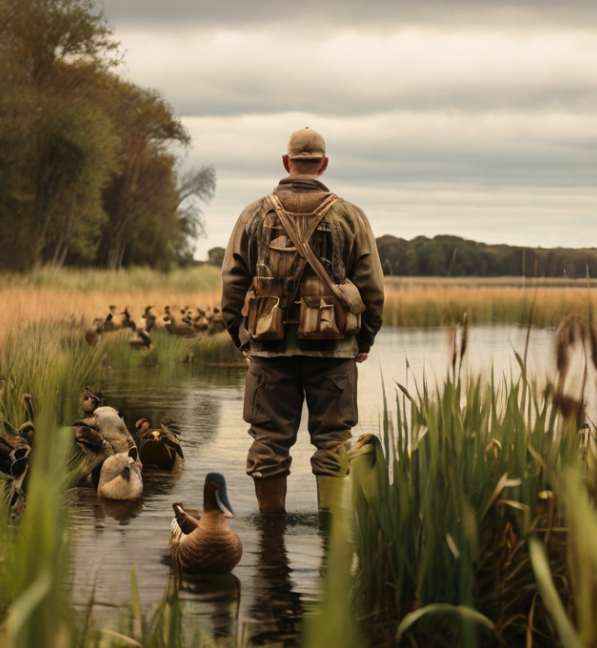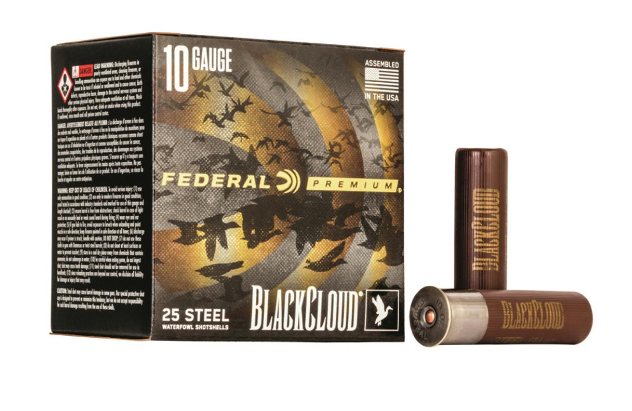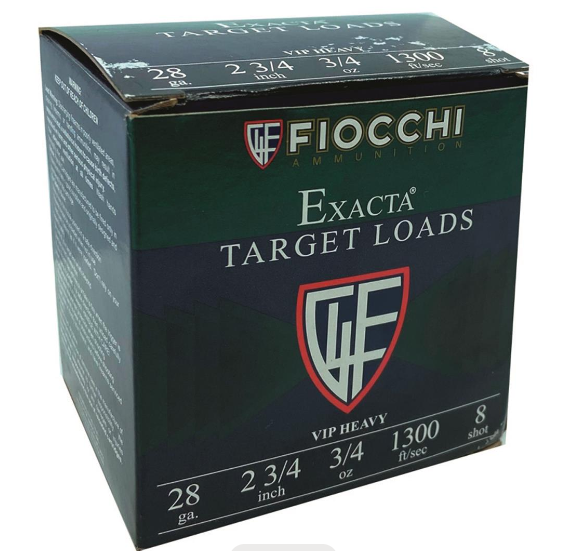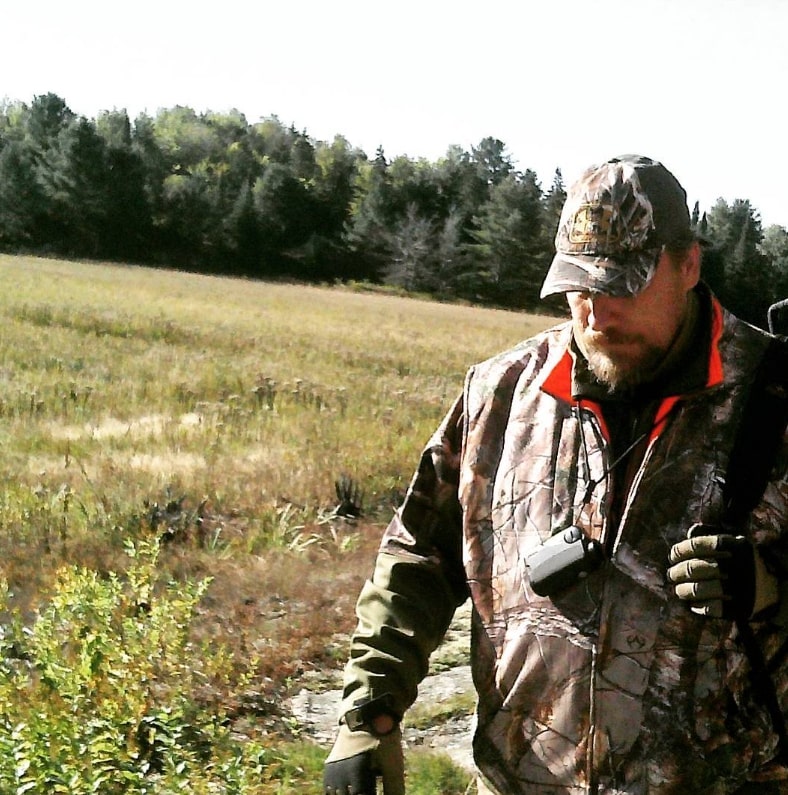What type of shotgun pellets are allowed for waterfowl hunting in the U.S.?



Choosing the Right Pellets for a Responsible Waterfowl Hunting Experience
When it comes to waterfowl hunting, responsible and ethical practices are paramount. One of the key elements hunters must consider is the type of shotgun pellets they use. Understanding the regulations and making an informed choice not only ensures a successful hunt but also contributes to conservation efforts.

Understanding Waterfowl Hunting Regulations
Before delving into the types of shotgun pellets, it’s crucial to be well-versed in the regulations governing waterfowl hunting. Federal guidelines set by organizations like the U.S. Fish and Wildlife Service provide a broad framework, but hunters must also consider state-specific regulations that may impose additional restrictions or specifications.
Types of Shotgun Pellets
- Steel Shot: Steel shot is a popular choice due to its non-toxic nature, complying with regulations aimed at protecting waterfowl and their habitats. However, its lighter weight can affect effective range and penetration.
- Bismuth Shot: Bismuth is a dense, non-toxic alternative that mimics the ballistic characteristics of lead. It’s favored for its effectiveness while being environmentally friendly.
- Tungsten-Iron Shot: Tungsten-iron combines the density of tungsten with the malleability of iron, creating a pellet that offers excellent performance, especially at longer distances.
- Hevi-Shot: Hevi-Shot is a blend of tungsten, nickel, and iron, providing superior density and downrange energy. It’s known for maintaining tight patterns.
Pellet Size Matters
The size of your shotgun pellets can significantly impact your hunting success. Understanding the range and the type of waterfowl you’re pursuing will help you choose the appropriate size.
- Small Pellets (7-9): Ideal for small ducks and geese at close range.
- Medium Pellets (4-6): Offers a balanced option suitable for a variety of waterfowl species.
- Large Pellets (BB – BBB): Designed for larger waterfowl, ensuring adequate penetration and knockdown power.

The Impact on Waterfowl and Environment
Consider the effectiveness of steel shot and explore eco-friendly alternatives. It’s essential to balance hunting success with environmental conservation, choosing pellets that minimize harm to both waterfowl and their habitats.
Factors Influencing Pellet Choice
Understanding the factors influencing your pellet choice is crucial for a successful hunt. Consider the distance to your target, hunting conditions, and personal preferences when selecting the right ammunition.
- Distance to Target: Choose pellets that maintain energy and pattern density at the typical distances you’ll be shooting.
- Hunting Conditions: Adapt your pellet choice to factors like weather conditions and the type of waterfowl habitat you’ll be hunting in.
- Personal Preference: Each hunter may have a preferred type of pellet based on their experience and hunting style.
Shotgun Choke Selection
The choke of your shotgun significantly affects pellet spread. Understanding the different choke options—cylinder, modified, and full—helps tailor your setup to the specific requirements of waterfowl hunting.
- Cylinder Choke: Offers minimal constriction, providing a wide shot pattern suitable for close-range shooting.
- Modified Choke: Strikes a balance between spread and density, making it a versatile choice for various hunting scenarios.
- Full Choke: Delivers a concentrated shot pattern, ideal for longer-range shots.
Best Practices for Ethical Waterfowl Hunting
Respecting bag limits, ensuring humane kills, and utilizing retrieval dogs are essential practices for ethical waterfowl hunting. Hunters play a crucial role in wildlife conservation, and responsible behavior contributes to the sustainability of this cherished pastime.
Staying Informed: Continuous Learning
Stay informed through online resources and participate in hunter education programs to enhance your knowledge and skills. Continuous learning is key to staying abreast of any changes in regulations and hunting best practices.
Common Misconceptions About Shotgun Pellets
- “Lead Pellets are Still Allowed, Right?” Federal regulations have phased out lead pellets for waterfowl hunting due to environmental concerns. Ensure compliance with non-toxic alternatives.
- “Does Pellet Size Affect Meat Quality?” Properly chosen and placed pellets have minimal impact on meat quality. Selecting the right size ensures a humane kill without compromising the quality of the meat.
The Evolution of Waterfowl Hunting Regulations
A historical overview reveals the gradual shift toward non-toxic shot requirements. Recent changes reflect an increased understanding of environmental impact, further emphasizing the need for sustainable hunting practices.
Expert Recommendations
Glean insights from seasoned hunters and wildlife biologists. Their experiences and knowledge can offer valuable guidance in choosing the right shotgun pellets for a successful and ethical waterfowl hunting experience.
A Closer Look at Non-Toxic Alternatives
Explore the advantages of non-toxic shot options, considering both their benefits and potential challenges. Adapting to these alternatives ensures a more sustainable approach to waterfowl hunting.
Advantages of Non-Toxic Shot:
Non-toxic shot options provide several advantages for waterfowl hunters. Firstly, they comply with regulations, which is crucial for preserving the health of waterfowl populations and their habitats. Additionally, these alternatives contribute to the reduction of lead contamination in the environment, promoting overall ecosystem health.
Challenges and Adaptations:
While non-toxic shot options have numerous benefits, it’s essential to acknowledge the challenges associated with their use. Some hunters may find that adjusting to the different ballistic properties of non-toxic shot requires a period of adaptation. However, as technology continues to advance, manufacturers are addressing these challenges, creating non-toxic alternatives that rival the performance of traditional lead shot.
The Future of Waterfowl Hunting Ammunition
The future of waterfowl hunting ammunition is shaped by technological advancements and a growing advocacy for sustainable practices. Manufacturers are investing in research and development to create innovative, eco-friendly alternatives that match or exceed the performance of traditional lead shot.
Technological Advancements:
Ongoing research in material science and ballistics is leading to the development of new materials with improved ballistic properties. Hunters can expect ammunition that offers superior performance, ensuring ethical and humane kills while minimizing environmental impact.
Advocacy for Sustainable Practices:
A shift in mindset within the hunting community towards conservation and sustainability is influencing both hunters and manufacturers. More hunters are embracing the use of non-toxic shot, recognizing its role in preserving waterfowl habitats and ensuring the continuation of the sport for future generations.
Choosing the right shotgun pellets for waterfowl hunting involves a careful consideration of regulations, pellet types, sizes, and other factors. Responsible hunters prioritize ethical practices, stay informed about regulations, and contribute to the conservation of waterfowl and their habitats.

Conclusion:
Waterfowl hunting is a time-honored tradition, and as stewards of the environment, hunters must make thoughtful choices in their equipment. Selecting the appropriate shotgun pellets involves understanding regulations, considering the environmental impact, and adapting to evolving technologies. By embracing non-toxic alternatives and staying informed, hunters contribute to the longevity of the sport and the well-being of waterfowl populations.
FAQs:
- Are lead pellets still allowed for waterfowl hunting? No, federal regulations have phased out lead pellets for waterfowl hunting due to environmental concerns. Hunters must use non-toxic alternatives.
- How does pellet size affect meat quality? Properly chosen and placed pellets have minimal impact on meat quality. The right size ensures a humane kill without compromising meat quality.
- What is the most eco-friendly alternative to lead shot? Bismuth shot is considered one of the most eco-friendly alternatives, offering ballistic characteristics similar to lead while being non-toxic.
- Can I use the same pellets for all waterfowl species? No, the choice of pellets depends on the size of the waterfowl species and the intended shooting distance. Small, medium, and large pellets are suitable for different scenarios.
- How can I stay informed about waterfowl hunting regulations? Stay informed through online resources, government websites, and participate in hunter education programs to keep up with any changes in regulations and best practices.




